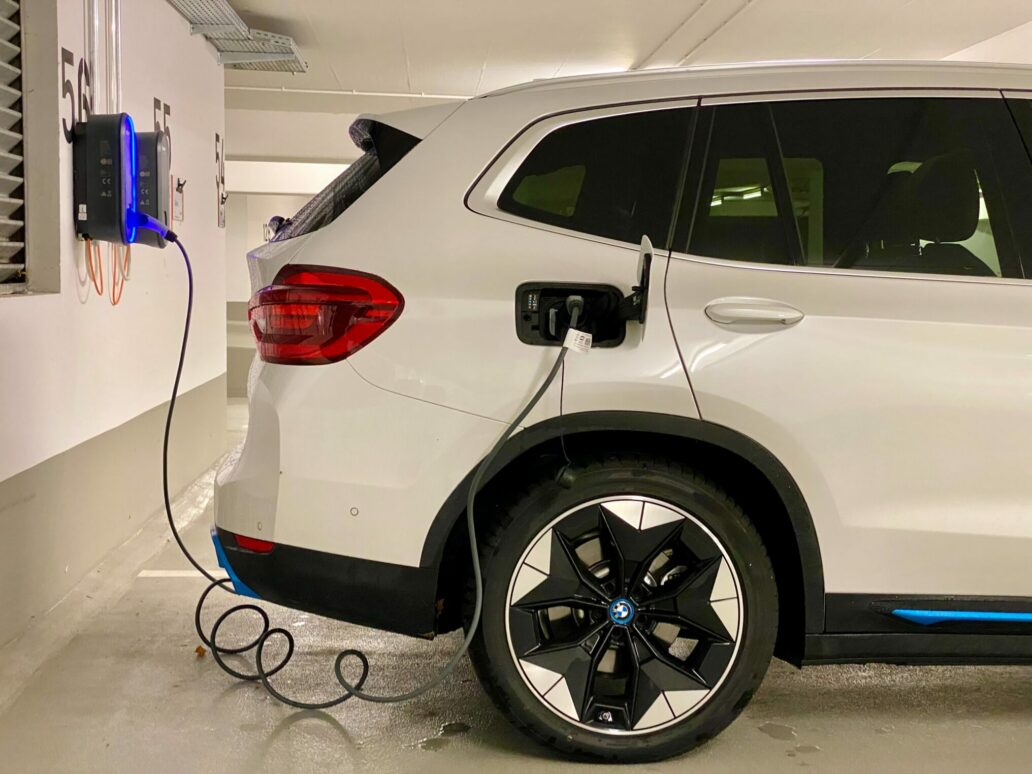At the end of 2021 the UK population was approaching 67 million people and there were a total of 32.5 million cars registered in the UK, of which 19 million were petrol, 12 million diesel, 205k plug in hybrid and 194k electric.
The 31 million petrol and diesel cars (ICEs) were fuelled by 8,378 petrol stations, with perhaps 160,000 fuel pumps (based on my local filling station), producing fuel duty tax receipts in the UK of circa £26 billion per annum.
The 194k electric vehicles on the other hand had 33,000 EV charge points in 20,000 locations, with 33% of EV charge points being in Greater London, producing not a great deal for the Treasury in tax receipts.
The switch to EVs and the ongoing semiconductor shortage has a roll-on impact for all car manufacturers.
In the UK, Jaguar for example plans to only sell electric vehicles by 2025, with no new petrol or diesel vehicles launching before then. In 2021 Jaguar sold only just over 86,000 cars, of which the iPace their only EV model accounted for less than 10,000 units. These numbers are surely not economically viable?
The ongoing semiconductor shortage (Covid is over, so why is there still a shortage?) is still giving 6 to 12 month waits for delivery on all new cars, with EVs being impacted as much as ICEs.
So, if you order a new ICE car in October 2022 for early summer 2023 delivery, there will then be just over 18 months before many manufacturers stop selling ICE cars. This makes car buying economics very interesting. What will be the impact on ICE car residuals?
Switching to EVs is primarily driven by climate change and the government green agenda but there seems to be little business or economic strategy behind this:
- There are still too few EVs on UK roads and if you want one, expect a big wait for delivery and to pay full list price
- The EV charging infrastructure is still a long way from being up to the demands that will be placed by the enforced switch away from ICEs
- Many of the car manufacturers behind the switch to EVs are the ones involved in the diesel emissions scandals 5 years ago and then forced by marketing pressures to ditch ICEs and move to supposedly green EVs
- The £26 billion that ICEs contribute through fuel duty and tax will have to be replaced by other forms of taxation, which will dull the demand for EVs, especially with soaring energy prices
- The restricted availability of new cars has led to rising second hand car values – meaning the best value car you will ever own is probably the one you are driving right now…
The Gibbs Barcelona Test
For years, I have bored friends and family with a question that I call the Barcelona Test.
Originally, this was the result of four years in the early 1990s as a proud owner of a very unreliable Austin Montego, and a pledge to myself that I had to own a car that could, in an emergency, get to Barcelona safely and without breaking down.
My Barcelona Test today is: If you had to drive to Barcelona at short notice and you had two cars available – an ICE or an EV, which would you take? The answer would of course be the ICE and until that balance changes, for me, EVs still don’t add up.


 Video Games Tax Credits
Video Games Tax Credits  Trusts, IHT and estate planning
Trusts, IHT and estate planning  Corporate tax
Corporate tax 